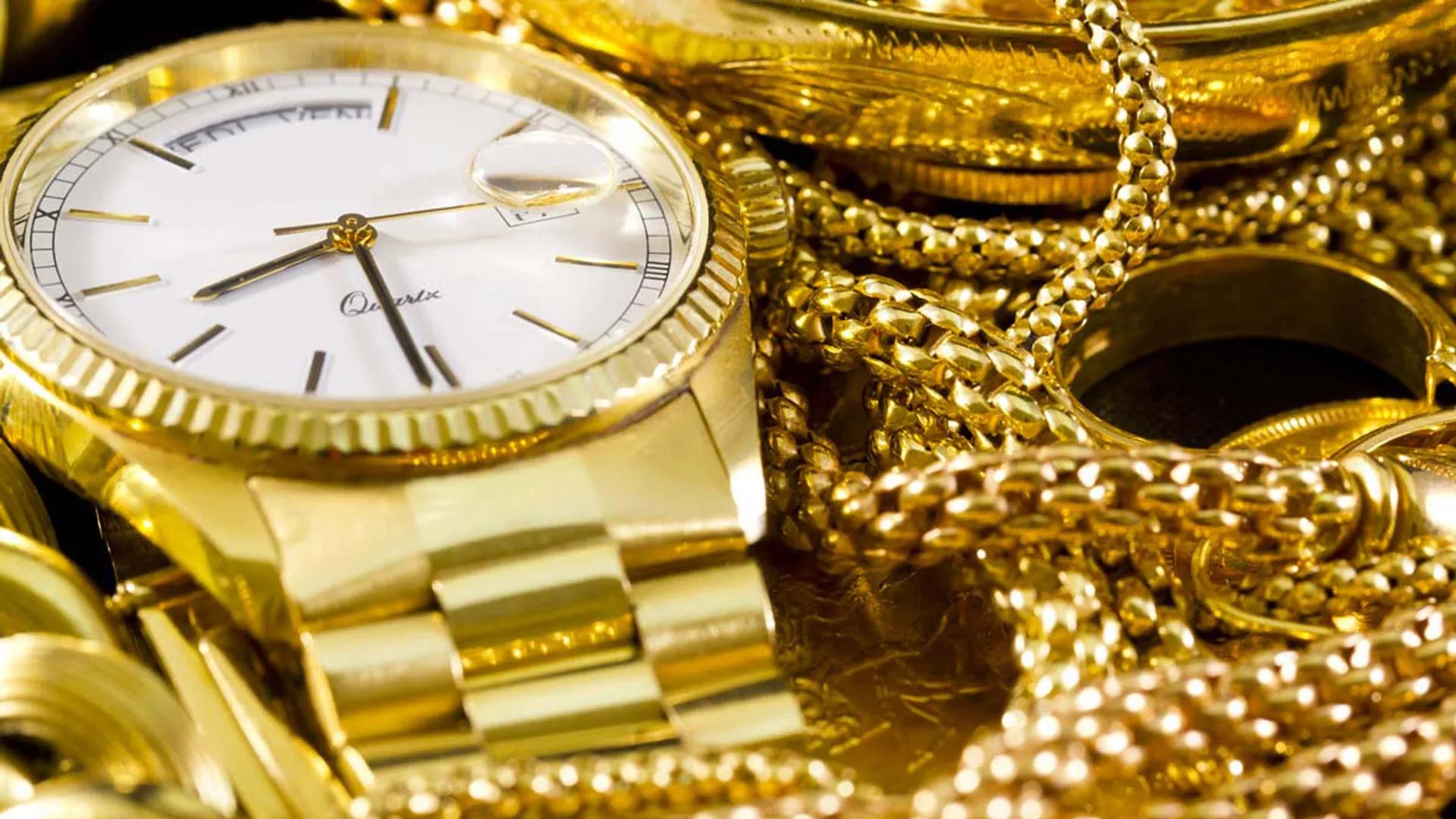Art Deco it marked the start of a period of great renewal after the harrowing parenthesis of the Great War. We know well how this artistic season began with the Universal Exhibition of Decorative Arts which was held in Paris in 1925 . The society that was reborn after the conflict was lively, active and dynamic, dedicated to sport, entertainment and travel. Everything adapted to these new frenetic rhythms, even furnishings and fashion. The jewel then became more discreet, linear, functional, excluding any decorative frill. However, the element that gave value to the piece of goldsmith's work was still the precious stone.
If the Art Nouveau forms were inspired by the Far East, the Art Déco ones, more aggressive, they looked with interest at the cultures of Africa, ancient Egypt... Bracelets, brooches with strong geometric cuts and essential figuration were signed by great artists such as Raymond Templier (1891-1968), Jean Fouquet (1899-1994 ), Jean Després (1889-1980), without forgetting the great jewelery houses such as Boucheròn, Cartier and Van Cleef & Arpels, representatives of a more cosmopolitan style for which the gem became the protagonist.
Rossana Bossaglia notes how Déco goldsmiths instead of enlarging «minute natural forms reduce monumental forms to the size of the preciously manageable piece»


